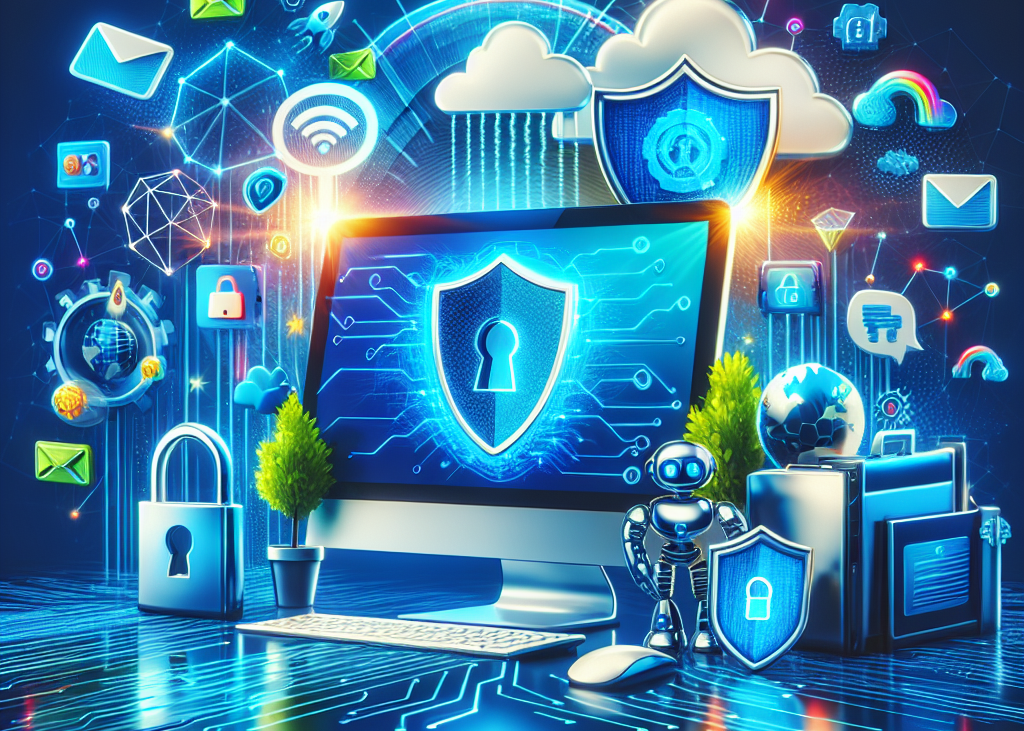How to Keep Your Privacy Safe Online

In today’s hyperconnected world, protecting your privacy online is not just a recommendation—it’s a necessity. Every time you browse, shop, post, or even just scroll, your data is being collected, stored, and potentially shared. Fortunately, you can take proactive steps to shield your personal information and maintain your digital privacy. Here’s how:
1. Use Strong, Unique Passwords
Your first line of defense is a strong password. Avoid reusing passwords across different accounts. Instead:
- Create long, complex passwords that include letters, numbers, and symbols.
- Use a password manager to generate and store your passwords securely.
- Enable two-factor authentication (2FA) wherever possible for added protection.
2. Be Cautious with Public Wi-Fi
Free public Wi-Fi is convenient but often insecure. Hackers can easily intercept data on unprotected networks. To stay safe:
- Avoid accessing sensitive accounts (like banking or email) on public Wi-Fi.
- Use a VPN (Virtual Private Network) to encrypt your internet traffic.
3. Limit Social Media Sharing
Oversharing on social media can make you a target for scams, identity theft, or harassment. Consider:
- Keeping your profiles private.
- Avoiding posts with personal details like your home address, phone number, or travel plans.
- Reviewing and adjusting privacy settings regularly.
4. Be Wary of Phishing Scams
Phishing attacks trick you into revealing sensitive information. They often come through fake emails or messages that look legitimate. To avoid them:
- Don’t click on suspicious links or attachments.
- Verify the sender’s identity before sharing personal information.
- Look for subtle signs like misspelled domains or urgent, unusual requests.
5. Keep Software and Devices Updated
Software updates often include critical security patches. Failing to update leaves your devices vulnerable. Make it a habit to:
- Enable automatic updates for your operating system, browsers, and apps.
- Keep antivirus and anti-malware tools current.
6. Control App Permissions
Many apps request access to more data than they need. To protect your information:
- Review app permissions and disable anything unnecessary (like location or microphone access).
- Delete apps you no longer use.
7. Use Encrypted Messaging
When chatting online, use services that offer end-to-end encryption, like Signal or WhatsApp. This ensures that only you and the person you’re communicating with can read your messages.
8. Be Mindful of Your Digital Footprint
Everything you do online can leave a trace. To minimize your footprint:
- Use privacy-focused browsers like Brave or Firefox.
- Use search engines like DuckDuckGo that don’t track you.
- Regularly clear your cookies and browsing history.
9. Opt Out Where Possible
Many websites and services track users by default. You can opt out of many data-sharing practices by:
- Using tools like privacy dashboards provided by Google, Facebook, and others.
- Installing browser extensions like Privacy Badger, uBlock Origin, or HTTPS Everywhere.
10. Educate Yourself Continuously
Cyber threats are constantly evolving. Stay informed about the latest privacy concerns and best practices through trusted sources like:
- Electronic Frontier Foundation (EFF)
- Privacy-focused blogs or newsletters
- Cybersecurity awareness courses
Final Thoughts
You don’t need to be a tech expert to protect your privacy online—just informed and proactive. By taking small but consistent steps, you can significantly reduce your exposure to digital risks and maintain better control over your personal information. In a world where data is power, keeping yours private is one of the smartest moves you can make.






